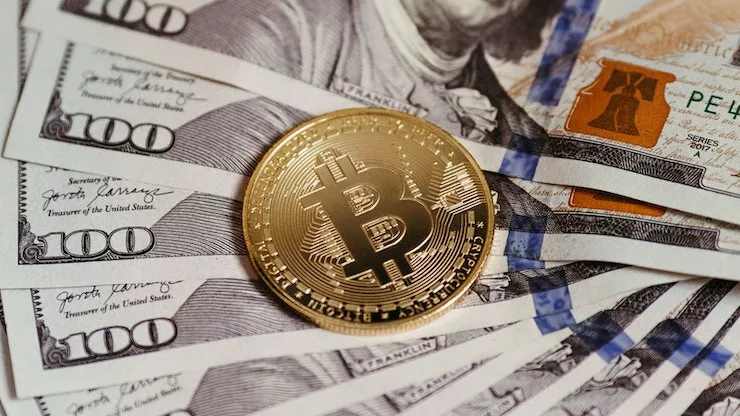Introduction
Central Bank Digital Currency (CBDC) is a form of digital currency issued by central banks worldwide.
CBDCs are quickly gaining popularity because they are more secure, faster, and cheaper than traditional cash.
In this article, we will explore some exciting CBDC facts you need to know.
CBDC Facts
- CBDCs are not cryptocurrencies; they are digital versions of fiat currency.
- The first country to pilot a CBDC was the Bahamas, which launched the Sand Dollar in October 2020.
- China is currently leading the world in CBDC development, with the digital yuan undergoing testing in several cities.
- The Bank of Korea is also piloting a CBDC known as the Digital Won.
- CBDCs can be issued in two forms: account-based or token-based.
- Unlike cryptocurrencies, CBDCs are backed by the government and are legal tender.
- CBDCs can be used to make payments and conduct transactions just like traditional currency.
- CBDCs are more secure than cash as they have built-in security features that make them difficult to counterfeit.
- CBDCs can help central banks to track transactions, reduce the risk of money laundering and tax evasion, and improve financial inclusion.
- CBDCs could eventually replace physical cash, reducing the cost of printing and distributing physical currency.
- CBDCs can be programmed with smart contract capabilities, allowing for automated execution of conditions and terms.
- Some CBDCs may offer privacy features that allow users to control the visibility of their transaction history.
- CBDCs can enable instantaneous cross-border transactions, reducing the need for intermediaries and improving efficiency.
- CBDCs can be integrated with existing payment systems, making them interoperable with other digital payment methods.
- CBDCs can help reduce the reliance on cash, leading to a more efficient and transparent financial system.
- CBDCs have the potential to enable micropayments, facilitating new business models and economic activities.
- CBDCs can support financial innovation by providing a programmable platform for the development of decentralized applications (DApps) and financial services.
- CBDCs can enhance the resilience of the financial system by providing a secure and stable form of digital currency.
- CBDCs can help address financial inclusion challenges by providing access to banking services for unbanked and underbanked populations.
- The design and implementation of CBDCs involve complex considerations, such as monetary policy implications, cybersecurity, and privacy concerns.
Conclusion
CBDCs represent the future of money, and they have the potential to revolutionize the financial industry.
They are more secure, faster, and cheaper than traditional cash, and they can help central banks to track transactions, reduce the risk of money laundering and tax evasion, and improve financial inclusion.
With CBDCs gaining popularity worldwide, we can expect to see more central banks launching their digital currencies soon.
FAQ
What is CBDC?
CBDC stands for Central Bank Digital Currency, which is a digital version of fiat currency issued by central banks worldwide.
How does CBDC differ from cryptocurrencies?
CBDCs are not cryptocurrencies; they are digital versions of fiat currency. Unlike cryptocurrencies, CBDCs are backed by the government and are legal tender.
What are the benefits of CBDC?
CBDCs are more secure, faster, and cheaper than traditional cash.
They can help central banks to track transactions, reduce the risk of money laundering and tax evasion, and improve financial inclusion.
Which countries are piloting CBDC?
The first country to pilot a CBDC was the Bahamas, which launched the Sand Dollar in October 2020.
China is currently leading the world in CBDC development, with the digital yuan undergoing testing in several cities.
The Bank of Korea is also piloting a CBDC known as the Digital Won.
What are the different forms of CBDC?
CBDCs can be issued in two forms: account-based or token-based.
Can CBDC replace physical cash?
CBDCs could eventually replace physical cash, reducing the cost of printing and distributing physical currency.
Are CBDCs secure?
CBDCs are more secure than cash as they have built-in security features that make them difficult to counterfeit.

I am a fun fact enthusiast and creator of Facts On Tap.
I love to share my knowledge and curiosity with readers and inspire them to learn something new every day.
When I’m not writing, I enjoy traveling, reading, and playing trivia games with my friends.




